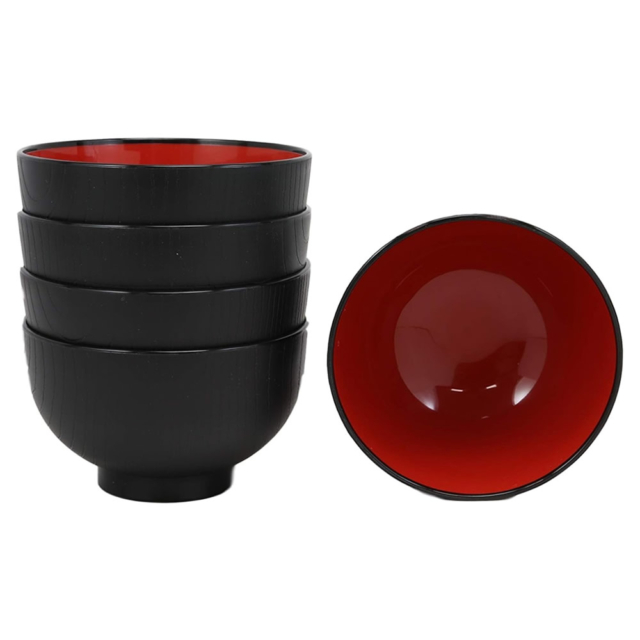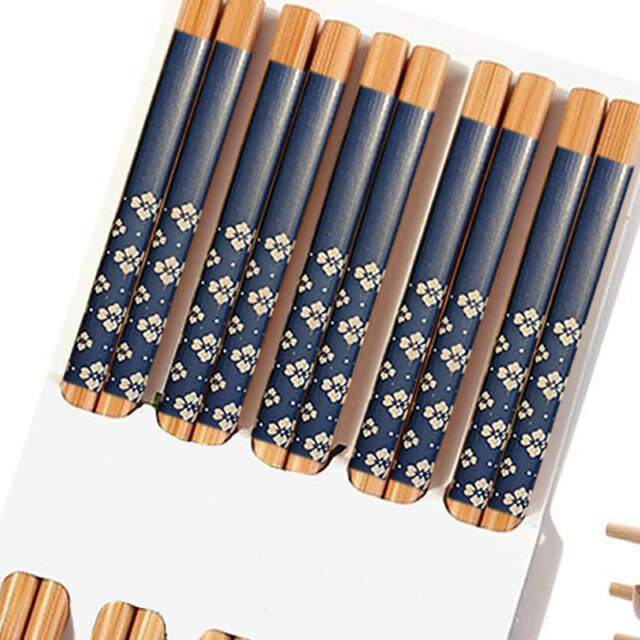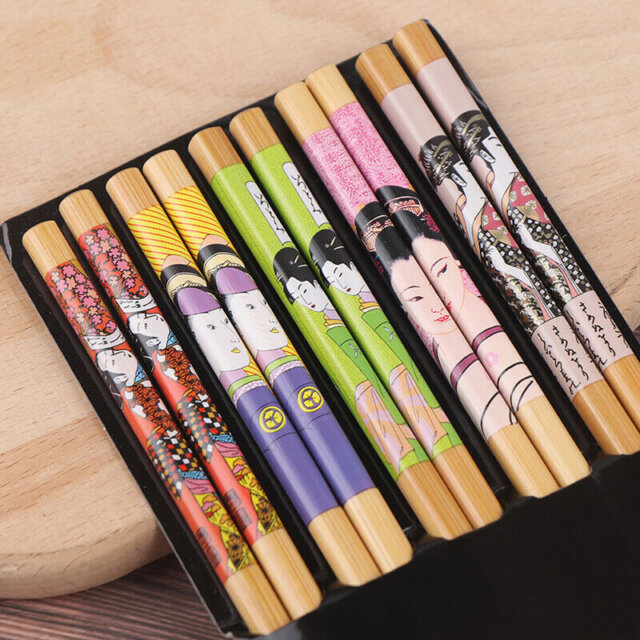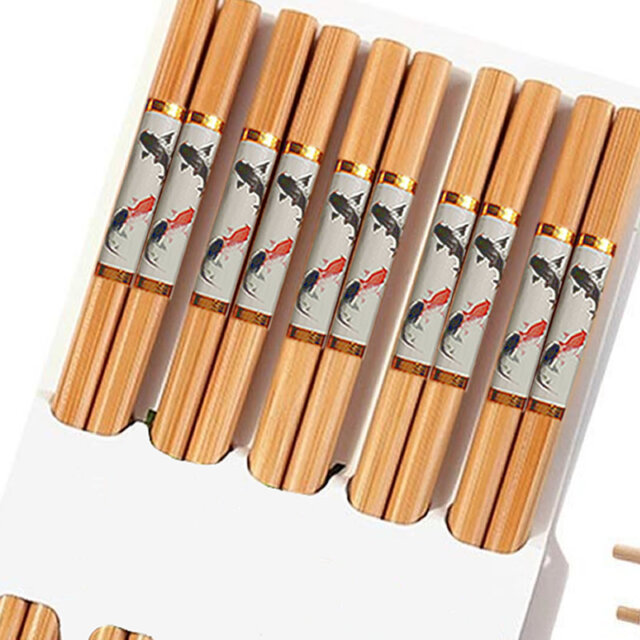Discover What Is Traditionally in a Bento Box?
Are you curious about what is traditionally in a bento box? This iconic element of Japanese culinary goes beyond a mere meal, encapsulating centuries of culture and tradition. A bento box represents a balanced, single-portion meal, often packed to-go or enjoyed at home. Commonly filled with staples such as rice, a choice of fish or meat, and an assortment of pickled or cooked vegetables, it exemplifies the harmony of flavors and aesthetics in Japanese cuisine. But, there’s much more to uncover about the humble bento. Let’s delve deeper to explore its components, historical roots, and the essential role bento boxes play in everyday Japanese life.
Table of Contents

The term ‘bento’ traces back to the 12th century and was initially used to describe convenient or practical bagged meals. The current form of the bento box – a box containing a variety of different foods – began to take shape during the Edo period (1603-1868) in Japan. The bento boxes then were not only for meals but an important part of social status and aesthetic expression.
What Is Traditionally in a Bento Box?
Dive into any bento box and you’re bound to find a balanced assortment of delightful dishes. In traditional Japanese bento boxes, each component has its distinct role, not just in terms of flavor, but also in color, texture, and nutritional value. Let’s explore these traditional components, and see what role they each play in creating a well-rounded and satisfying meal.
Rice: The Base of the Bento
At the heart of every bento box, you’ll find rice. It’s more than just a filler; rice serves as the foundation of the meal. Most commonly, it’s white rice, but it could also be brown or mixed with other grains like barley. The rice might be plain, allowing its natural subtle flavors to shine, or it might be seasoned with a sprinkle of black sesame seeds, adding an extra layer of flavor and texture. In some cases, the rice is molded into onigiri—triangular or circular shapes—or even turned into sushi rolls or sushi balls, filled with umeboshi (sour plum), salmon, or pickled vegetables. This versatility can be a canvas for creativity while providing a stable, comforting base for the other components.
Proteins: Fish and Meat in Bento
Protein is another key component of a bento box, often coming from sources like fish, chicken, or beef. It’s not unusual to see fish—like salmon or mackerel—grilled to perfection and nestled next to the rice. Likewise, chicken may be skewered and grilled yakitori-style, or beef could be simmered in a sweet-savory sauce. Sometimes you’ll find small, juicy meatballs, or even delicate pieces of sushi with raw or cooked seafood. But it’s not all about meat—bento boxes are friendly to vegetarians too. Tofu, whether it’s silky soft or firm and grilled, is a popular protein choice, taking on the flavors of its accompanying seasonings and sauces.
Vegetables: Colorful Component
Vegetables bring the bento box to life with their vibrant colors, diverse textures, and vital nutrients. They might be fresh and crisp, providing a refreshing contrast to the other cooked elements, or they could be lightly steamed, sautéed, or even pickled. Imagine bright orange carrots cut into flower shapes, tender green broccoli florets, or even sautéed lotus root offering a unique texture. Often, they are prepared with minimal seasonings to let their natural flavors stand out. The variety of vegetables included not only ensures a balanced, nutritious meal but also creates a visually appealing feast for the eyes.
Pickles: A Tasty Zingy Complement
Adding a zingy twist to the bento box are Japanese pickles, known as ‘tsukemono.’ These are far from your average cucumber pickles. You might find pickled radish (daikon), pickled plum (umeboshi), or even pickled eggplant, each bringing a unique flavor profile to the table. Their bright, tangy flavors and crisp textures provide a refreshing counterpoint to the richer components of the bento box, cleansing the palate and enhancing the overall dining experience.
Tempura: A Crispy Delight
Tempura, often found in a bento box, is a Japanese dish where seafood or vegetables are battered and fried to crisp perfection. This process yields a delicate, crispy shell encasing a tender, flavorful inside. From juicy prawn to sweet potato slices or shiso leaves, tempura adds a contrasting crunch to a bento’s softer elements. Enjoy it plain to appreciate the ingredients’ natural flavors or dip in a light tentsuyu sauce, typically made from dashi, soy sauce, and mirin.
Indispensable Miso for Bento
A bento meal isn’t complete without miso soup. Made from fermented soybean paste, dashi stock, tofu, seaweed, and green onions, this soup offers warmth and umami flavor. It complements the bento box components with its rich taste and health benefits. The flavorful miso and savory dashi, enhanced by tofu, seaweed, and green onions, contribute to the balance and comfort of the bento experience, underscoring its importance in traditional Japanese cuisine.
Egg (Tamagoyaki) Rolled Omelette
Egg (Tamagoyaki) is a traditional Japanese rolled omelette made by mixing eggs with dashi (Japanese stock) and sometimes soy sauce. The eggs are beaten and cooked in a rectangular pan, rolled into a thin layered shape, and then sliced into bite-sized pieces. Tamagoyaki offers a delightful combination of sweet and savory flavors, making it a popular choice in bento boxes. It provides a comforting and satisfying protein-rich addition, and its visually appealing presentation adds a touch of elegance to the meal.
Nori, Dried Seaweed Sheets
Seaweed (Nori) are thin sheets of dried seaweed, is a versatile ingredient used in Japanese cuisine. In bento boxes, nori is commonly used for wrapping rice to make onigiri or sushi rolls. It adds a distinctive umami flavor and a pleasant crispness to the dish. Nori can also be enjoyed as a standalone snack, providing a satisfying texture and a hint of the ocean. Its nutritious properties, including vitamins and minerals, make it a beneficial addition to the bento box, enhancing both taste and presentation.
Tofu Staple in Japanese Cuisine
Tofu is a staple in Japanese cuisine, is a versatile and common vegetarian protein option found in bento boxes. Made from soy milk, tofu comes in various forms, including silken, soft, firm, and extra firm. It can be prepared in different ways to suit individual preferences, such as grilling, frying, or incorporating it into simmered dishes like agedashi tofu. With its mild flavor and soft texture, tofu complements other ingredients providing a healthy and protein-packed element. Its adaptability makes it suitable for a wide range of dietary needs and preferences.
Balance: Flavor Combinations
One of the remarkable aspects of a traditional bento box is the careful balance and harmony of flavors. The components are thoughtfully selected to complement each other, creating a well-rounded and satisfying meal. The combination of savory, sweet, tangy, and umami flavors creates a delightful culinary experience that is both pleasing to the palate and nourishing to the body.
Artistry of Bento Box Arrangement
Beyond the flavors and ingredients, the presentation of a bento box is an art form in itself. The arrangement of each component is done with meticulous attention to detail, creating an aesthetically pleasing and visually appealing display. From the vibrant colors to the artistic placement, every bento box tells a story and showcases the creativity and skill of its creator.
Modern Variations: Bento Innovations
While traditional bento boxes hold a special place in Japanese culinary heritage, modern variations have also emerged to cater to evolving tastes and dietary preferences. Bento boxes now embrace a wide range of ingredients, including vegetarian, vegan, and fusion options. These contemporary interpretations still embody the spirit of bento by offering a balanced and satisfying meal in a convenient and visually appealing package.
Tips for Preparing Bento Boxes
To fully appreciate the tradition of bento boxes, here are some tips for preparing and enjoying them:
- Embrace variety: Incorporate a diverse range of flavors, textures, and colors in your bento box to create a visually appealing and satisfying meal.
- Plan ahead: Preparing a bento box requires some planning. Consider portion sizes, cooking times, and ingredient combinations to ensure a well-balanced and delicious meal.
- Focus on freshness: Use fresh and seasonal ingredients to enhance the flavors and nutritional value of your bento box.
- Invest in quality tableware: Traditional Japanese tableware, such as lacquerware or ceramic bento boxes, adds an authentic touch to the dining experience.
Delving into ‘What Is Traditionally in a Bento Box’ provides insight into the rich heritage of Japanese cuisine. These meticulously crafted boxes offer balanced flavors and connect us to tradition and mindfulness, showcasing more than just a meal. By cherishing and understanding the unique elements that define a traditional bento box, we not only engage with cultural culinary practices but also enhance our dining experiences, finding beauty and nourishment in every bite.
To learn more, visit wikipecia.org.






